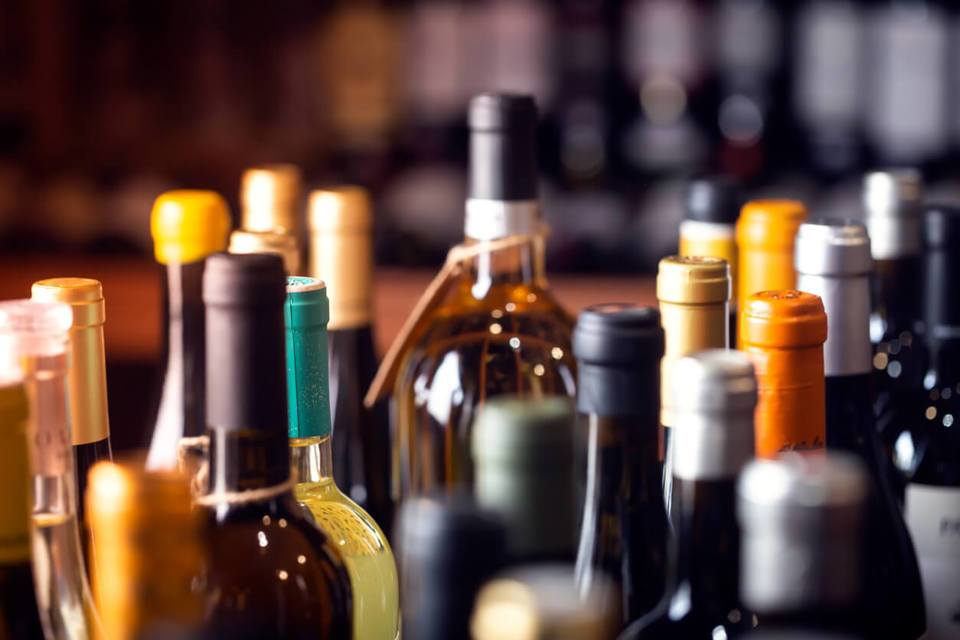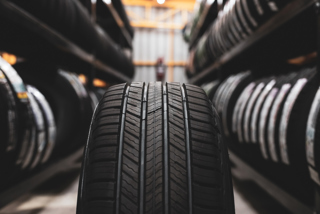Half of motorists admit they are prepared to drive the morning after festive drinks or their Christmas party, a survey from IAM RoadSmart suggests.
Furthermore, when respondents were asked how many micrograms of alcohol are permitted in 100 millilitres of breath before they would fail a police breathalyser, on average, the answer was 52.
The actual threshold is only 35 micrograms per 100 millilitres of breath.
Neil Greig, director of policy and research at IAM RoadSmart, said: “Drinking and driving simply does not mix and every driver should plan to leave the keys at home rather than face a fine, lengthy ban or time in a police cell.
“Worryingly, the research also highlights that there is still real ignorance regarding how much alcohol is enough before it is illegal to drive.
“Although motorists may well think they know how many drinks will typically tip them over the limit, individual characteristics such as body weight, food consumption, gender and metabolism will also determine the reading.
“So, if you’re planning to drink alcohol at a Christmas celebration, do not try to calculate whether or not you are over the limit. It is always best to make it none for the road.”
Roadside breath tests continue to fall
The latest available data shows that in 2020 just 252,069 motorists were breathalysed by police – an 18% fall compared with the previous year.
The fall continues the downward trend seen since the peak of 703,490 breath tests in 2009.
Yet, despite the slump in tests, 17.2% of drivers were over the limit - the highest proportion since 2003.
Hunter Abbott, managing director of personal breathalyser firm AlcoSense, said: “Separate Home Office figures show the number of dedicated roads policing officers in England and Wales had dropped to 3,850 by March 2021 compared with 5,220 in 2015 - a dramatic reduction of 26%.
“With ever fewer traffic police, testing will continue to spiral downwards.”
Abbot says that studies show people drinking more alcohol since Covid struck, particularly at home, and argues that roadside tests should be stepped up given the danger of ‘morning after’ driving with alcohol still in your system.
A recent report by Public Health England highlighted a 25% increase in alcohol sales in shops and supermarkets between 2020 and 2019, suggesting a steep rise in heavy drinking at home.
The number of killed or seriously injured drink-drive casualties in 2019 was 2,050 - an increase of 8% on 2018 and the highest level since 2011. The figure includes 230 fatalities where the motorist was over the drink drive limit.
Abbot continued: “Even with 0.05mg/L of alcohol in breath (one-seventh of the English/Welsh limit) the driver is 37% more likely to be involved in a fatal accident than when sober.”
IAM RoadSmart is calling on the Government to roll out a smarter package of longer-term measures to help drive down the number of drink drivers on Britain’s roads into the new year.
This includes a lower drink-drive limit to reinforce good behaviour, fast-track of evidential roadside testing machines to release police resources and tailored approaches to help drivers with alcohol problems.
Greig concluded: “A prosecution for drink driving this month will not only ruin your Christmas but also impact the rest of your life through public humiliation, loss of job, family break up and a criminal record.
“At IAM RoadSmart we estimate that last drink that takes you over the limit could cost you up to £70,000. If that isn’t a sobering thought then nothing is.”





















Login to comment
Comments
No comments have been made yet.